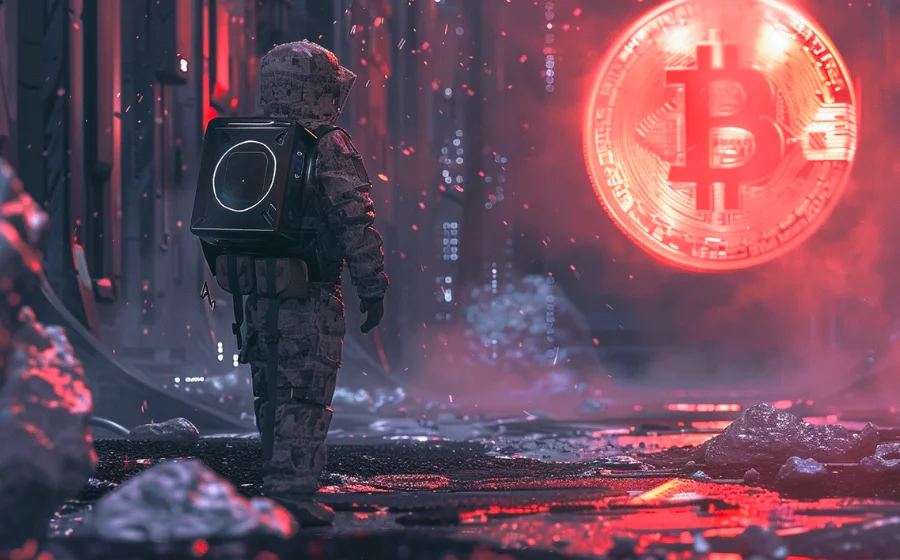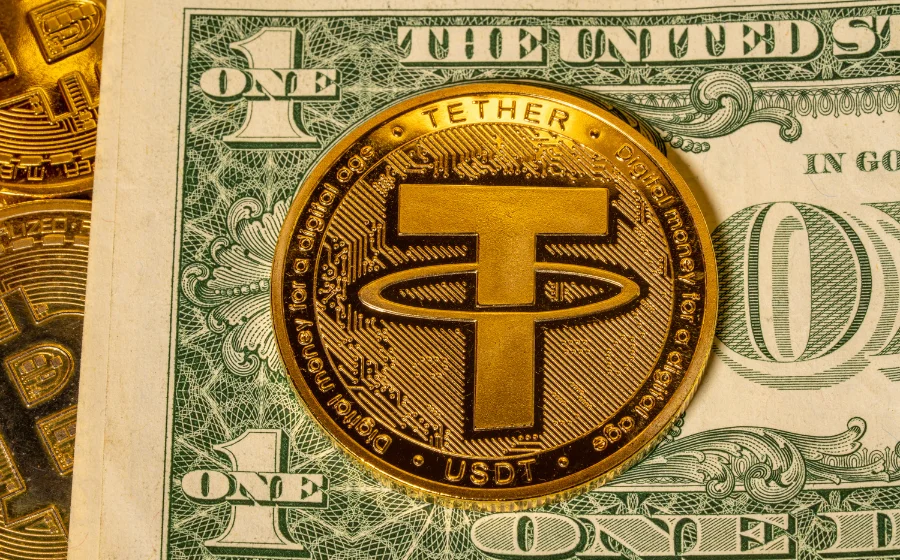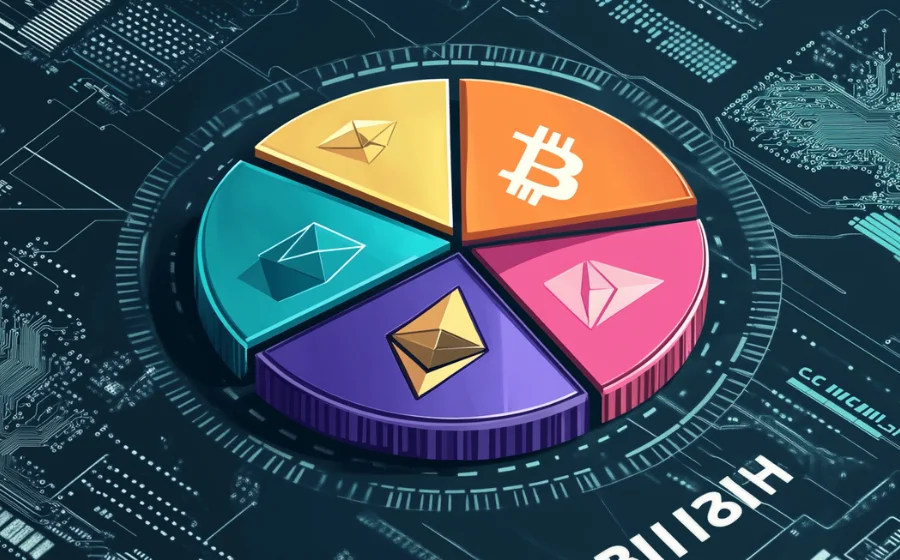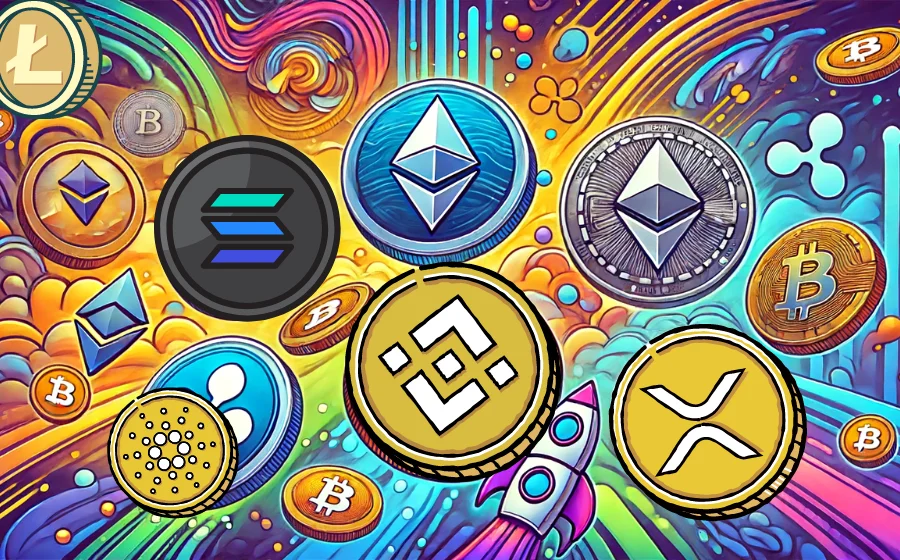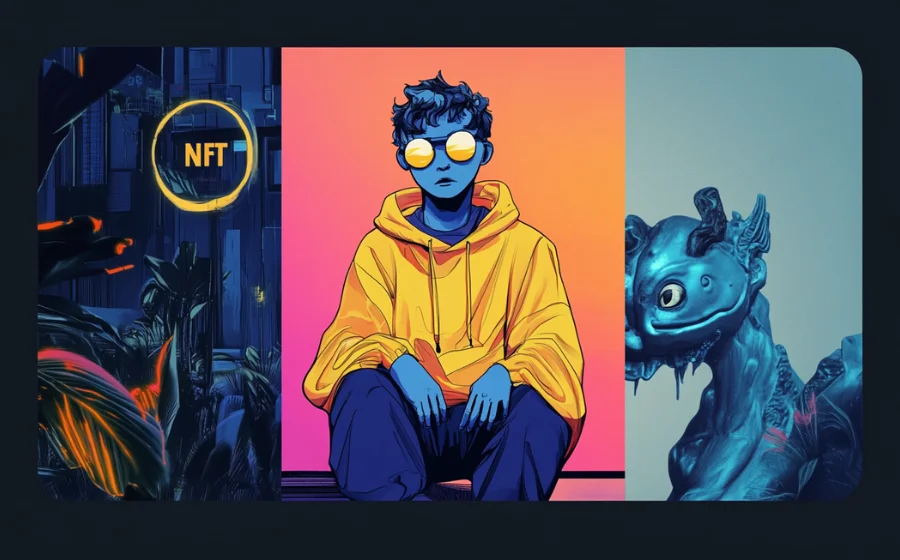
KEYTAKEAWAYS
- NFTs Explained: NFTs are non-fungible tokens that represent ownership of digital assets, like artwork, with each having a unique, non-interchangeable code.
- Difference from Cryptos: Unlike cryptocurrencies, which are interchangeable, NFTs are unique and cannot be traded on a one-to-one basis.
- Investment Considerations: NFTs offer opportunities for diversification but come with risks like market volatility and regulatory uncertainty.

CONTENT
NFTs are unique digital assets on blockchain technology, representing digital ownership of items like art, music, and collectibles. Learn how they work and their differences from cryptocurrencies.
WHAT IS NFT?
NFT, short for “Non-Fungible Token“, is a unique digital asset built on blockchain technology. Over the past two years, NFTs have frequently appeared online, with many celebrities releasing their own NFTs. But what exactly is an NFT, and how is it different from a regular image?
First, we need to understand the concept of “fungible assets.” Fungible assets are those that have the same value and function, making them interchangeable without the need for separate pricing. An example is currency.
Well-known cryptocurrencies like Bitcoin (BTC) and Ethereum (ETH) are considered fungible tokens (FT). Each unit of these tokens is identical in value and nature—similar to how you can exchange a $100 bill for another $100 bill—they are interchangeable.
NFTs, on the other hand, are unique and irreplaceable digital assets. Each NFT has a distinct identification code and can represent digital items such as artwork, music, video game items, sports memorabilia, and even virtual pet collectibles.
Unlike fungible tokens, NFTs cannot be exchanged on a one-to-one basis. In simple terms, an NFT represents a unique piece of digital data, such as an image, audio file, video, game project, or even a social media post—essentially any form of digital creative work.
Once a digital creation is minted as an NFT, blockchain technology records all transactions and ownership transfers, making these records immutable and publicly accessible. Due to the tamper-resistant nature of blockchain, these records are secure and cannot be easily altered or copied.
Therefore, when digital artworks are turned into NFTs, information about the original creator and transaction history is recorded and made visible to the public.
This ensures that the owner does not need to worry about the authenticity of the piece, as it essentially serves as a digital certificate of authenticity for the creation.
>>> More to read : What is Blockchain and How Does It Work?
DIFFERENCES BETWEEN NFTS & CRYPTOCURRENCIES
Although NFTs and cryptocurrencies like Bitcoin (BTC) and Ethereum (ETH) are products of blockchain technology, their concepts are fundamentally different.
-
BTC/ETH (Fungible Tokens)
For cryptocurrencies such as Bitcoin and Ethereum, each unit holds the same value and can be exchanged interchangeably, much like cash. These tokens can also be divided into smaller units and used collectively.
For example, two 50-cent coins are equivalent to a single $1 coin, and both can purchase goods worth the same value.
-
NFT (Non-Fungible Tokens)
NFTs, on the other hand, are entirely different from cryptocurrencies. Each NFT is created using blockchain technology and comes with a unique, exclusive identification code, making every NFT irreplaceable.
When an NFT changes hands, the transaction details are automatically recorded on the blockchain and cannot be altered once written. This process ensures a high level of transparency and provides a certain degree of authenticity verification.
>>> More to read :
What is Bitcoin: A Comprehensive Overview
What Is Ethereum & How Does It Work?
ARE NFTS TRULY UNIQUE?
In the past, only physical artworks could be distinguished between originals and copies, while digital files were often difficult to identify as authentic originals. However, today’s blockchain technology has resolved this issue.
Although digital works can be easily saved and duplicated, the non-fungible token (NFT) representing the digital work can be individually tracked on the blockchain and carries a unique identification code.
This code certifies the originality and uniqueness of the digital file, giving digital creations collectible and commemorative value.
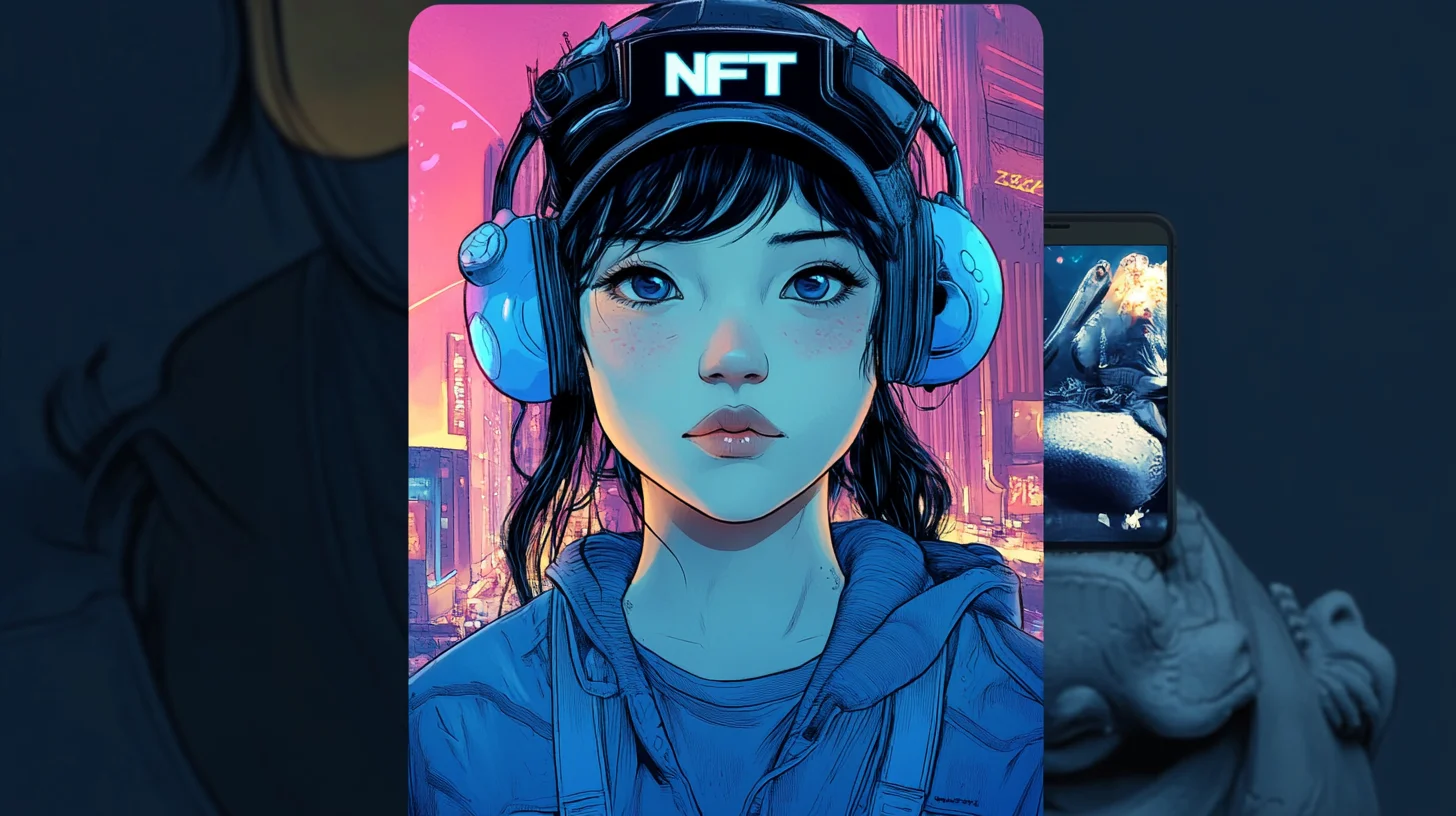
WHY ARE NFTS IMPORTANT?
NFTs are an evolution of cryptocurrency concepts, but they combine the strengths of blockchain technology and smart contracts to create “non-fungible” digital assets. This combination has the potential to influence the future in various ways.
As mentioned earlier, one of the most obvious benefits of NFTs is their ability to increase market liquidity. NFTs can represent digital ownership of physical artworks or digital assets on the blockchain, eliminating the need for intermediaries in transactions.
NFTs also have potential applications in identity verification systems. For example, if personal passports could be converted into NFTs, each person’s identity would have a unique and tamper-proof verification mechanism, simplifying border control procedures.
Additionally, NFTs have the advantage of being easily divisible compared to physical assets. For instance, digitalized NFT real estate can be divided and distributed according to each holder’s share, which is much easier than splitting physical property.
This divisibility can extend beyond real estate to other assets, such as artwork or any object that can have its digital identity represented as an NFT.
Furthermore, NFTs provide digital creators with a way to protect their rights and the value of their work. Blockchain technology certifies digital assets, solving the issues of authenticity and counterfeiting in digital creations.
Features such as “limited editions,” “naming,” and “ownership records” give digital content a collectible significance.
>>> More to read : What is a Smart Contract?
POPULAR TYPES OF NFTS
NFTs can be seen as “blue-chip” investments, where it’s advisable to focus on well-known projects, especially the top 10 or 20. Examples include Bored Ape Yacht Club, Mutant Ape Yacht Club, Otherdeed (virtual land NFTs), and Bored Ape Kennel Club. Of course, many emerging NFTs are also available for selection.
-
Common Types of NFTs
Any valuable asset that can be stored digitally on the blockchain can essentially become an NFT product. As NFTs are a relatively new and evolving field, new projects continue to emerge. Here are some common types of NFTs:
- Artworks and Images: Examples include Bored Ape and Mutant Ape NFTs, representing digital illustrations or paintings.
- Games: NFTs can be used in games, such as Pokémon-inspired digital collectibles and assets.
- Player Cards: Digital NBA player cards, such as **NBA TopShot**, feature memorable highlights from games and can be traded on platforms.
- Videos: In 2021, a 10-second video clip sold for $6.6 million (around 190 million NTD). This NFT included the artist’s signature and an encrypted digital file.
- Music: Popular musicians, like Namewee, have launched NFT music tracks, such as the song “GO NFT.”
- Virtual Characters: NFTs used for in-game avatars, like those in Lazy Lion Island, where 10,000 unique lion avatars are available for purchase at 0.075 ETH each.
- GIFs and 3D Images: Animated or 3D graphic files that represent digital art pieces.
NFTs encompass a wide range of digital assets, and as the market grows, more innovative types are expected to emerge.
>>> More to read : GameFi : The Future Of Gaming
ARE NFTS A GOOD INVESTMENT?
Every era introduces new investment opportunities, but the real impact and longevity of these options need time to be tested in the market. For wealthy investors, NFTs are part of their asset allocation strategy.
Those interested in emerging investments often allocate around 5% of their funds to NFTs, aiming to:
▶ Diversify Risks: By spreading their investments across different asset classes.
▶ Seek High Returns: Hoping for significant profits, despite the high risk.
However, they are also prepared for the potential downside, accepting that the value of their NFTs might shrink to *10%* of the original value or even drop to zero.
-
Risks of Investing in NFTs
- High Market Volatility: The NFT market is known for its rapid price fluctuations.
- Copyright Authenticity: Verifying the legitimacy of an NFT’s copyright can be challenging.
- Security Issues: NFTs face risks such as hacking and fraud.
- Liquidity Concerns: Some NFTs lack liquidity, making it difficult to sell them quickly at a fair price.
- Regulatory Uncertainty: The regulatory framework for NFTs is still under development, adding uncertainty to investments.
The Future of NFTs
The way NFTs are valued is evolving, affecting both their sales models and valuation methods. The market is shifting focus from purely aesthetic qualities to economic benefits behind NFTs. As a result:
✔ Celebrity Involvement: Many celebrities are entering the market, capitalizing on its popularity.
✔ Debate on Value: This has sparked discussions: Are NFTs genuinely valuable, or are they just hype?
Regardless of the debate, it is undeniable that NFTs have become a hot topic within the blockchain industry, capturing widespread attention and interest.
